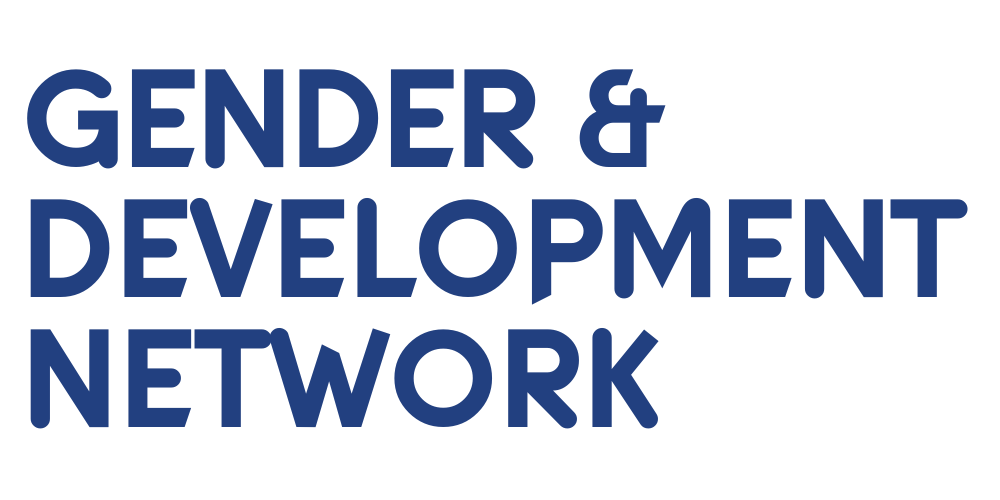Disability
In the global south, women constitute three quarters of people with disabilities.
Throughout the course of their lives, women and girls with disabilities face discrimination – such as exclusion from healthcare, education and employment – on the basis of both their disability and their gender. This is rooted in unequal power relations – political, social and economic – and results in women and girls with disabilities being among the most left behind in society.
GADN Resources
Explore GADN resources and learn more about disability.
GADN Working Group
The Disability and Gender Working Group brings together professionals from UK-based mainstream and disability-specific organisations, independent consultants and disabled people’s organisations around the world. Group members share experiences and learning on issues faced by disabled women and girls, and promote the integration of disability into gender work as well as gender into disability work.
More on the issue
The challenge
19% of women across the world have a disability, compared to 12% of men.
In the global South, three-quarters of people living with a disability are women.
The global literacy rate is as low as 3% for all adults with disabilities, and 1% for women with disabilities.
Men with disabilities are almost twice as likely to be employed as women with disabilities.
Women with disabilities are two to four times more likely to experience intimate partner violence compared to non-disabled women.
Intersecting inequalities
Women and girls with disabilities face sustained marginalisation and discrimination throughout their lifetimes. They are systematically excluded from education, healthcare and employment on the basis of both their disability and their gender.
They are between two and four times more likely to experience gender-based and sexual violence than non-disabled women and girls, and over a longer period of time. The risk of experiencing all forms of partner violence and non-partner sexual violence increases with the severity of impairment.
Women and girls living with disabilities are also less likely to achieve access to justice or to have opportunities for civil or political participation.
This deep-rooted discrimination results in women and girls of all ages with disabilities being among the most economically and socially excluded members of society.
Useful links
What works to prevent violence against women and girls global programme-1
What works to prevent violence against women and girls global programme-2
Member resources
The intersection of disability and gender, with recommendations for action to the UK government (CBM, April 2018)
Disability and sexuality: claiming sexual and reproductive rights (Sexual and Reproductive Health Matters, July 2017)
Disability and gender-based violence: peer research in Kibaha and Mkuranga, Tanzania (ADD, 2016)
Disability and gender-based violence. ADD International’s approach. A learning paper (ADD, 2016)
Gender equality for women and girls with disabilities - ‘the 3 Ps’ (CBM, 2016)
Other GADN Issues
📷 GADN members at Members’ Meeting on Space to reflect – how can UK based organisations best support the promotion of women’s rights globally? together with FEMNET and AWID (July 2019)

